Explore the significance of Sost village cum town in Hunza, a pivotal emigration post connecting Pakistan to China via the iconic Silk Road. Uncover the economic and cultural ties forged at this crossroads of trade and migration.

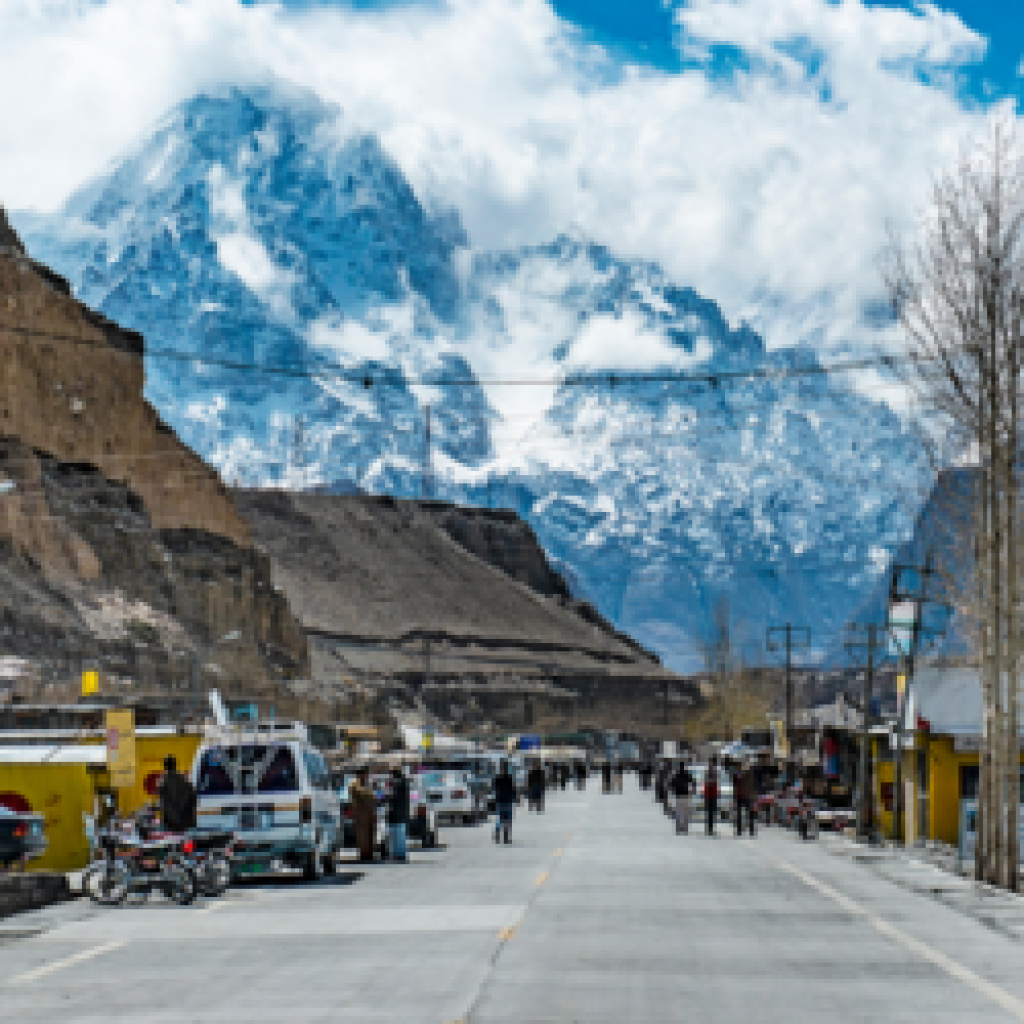
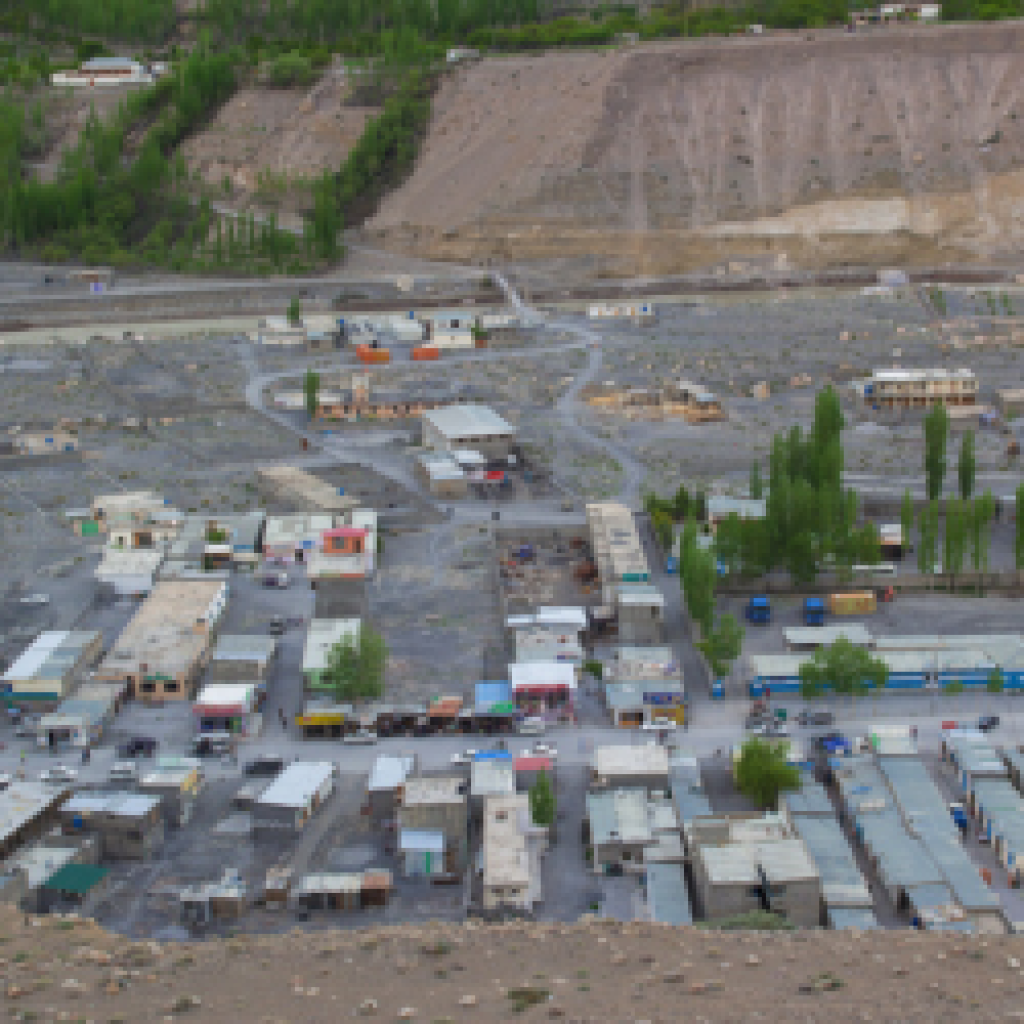
Introduction
The stretigic connecting point of China and Afganistan in the heart of the spectacular Hunza Valley lies the Sost village, a crucial node in the expansive network of the Silk Road. It has served generations of travelers fro Kashgar and Badakshan. Now a days used as an emigration post connecting Pakistan to China, Sost Valley stands as a testament to centuries of trade and cultural exchange. In this blog post, we delve into the rich history, economic significance, and cultural ties that define this pivotal point on the Silk Road.
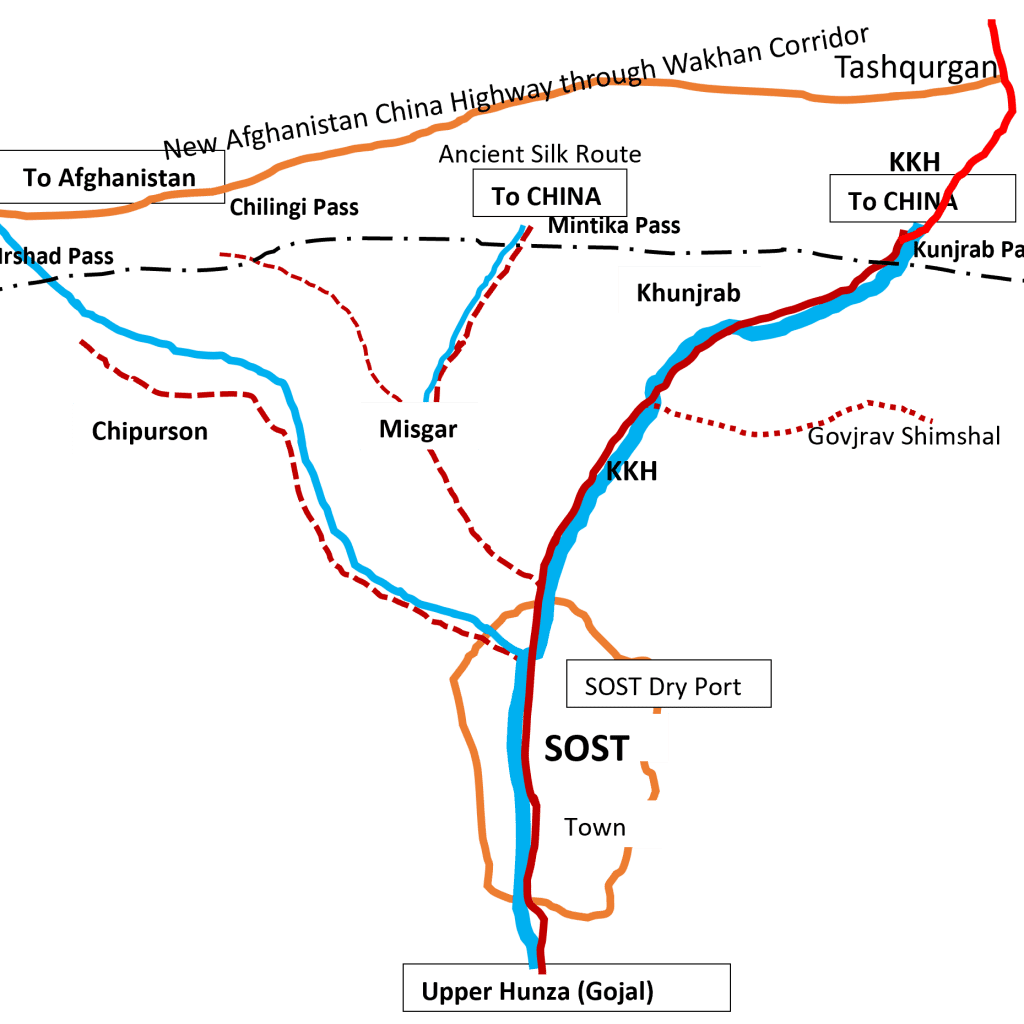
Table of Contents
Historical Roots of Sost Village
The Silk Road has long been the lifeblood of trade between the East and the West, fostering connections and exchanges that shaped the course of civilizations. Sost Dry Port, situated in the strategically important Hunza Valley, plays a key role in continuing this legacy. Its history can be traced back to ancient times when caravans laden with silk, spices, and other treasures traversed these mountainous terrains, linking the diverse cultures of Asia from China, India and Central Asia.
Economic Significance
In the contemporary context, Sost Dry Port has emerged as a critical hub for trade between Pakistan and China. The China-Pakistan Economic Corridor (CPEC), a flagship project under China’s Belt and Road Initiative, has heightened the port’s importance. The efficient transportation of goods through this corridor has stimulated economic growth in the region, creating employment opportunities and bolstering local businesses.
The port facilitates the seamless movement of goods, reducing transportation costs and transit times. This has led to an increase in trade volume, benefiting both nations involved. Additionally, the infrastructure developments around Sost Dry Port, including improved roads and logistics facilities, have further enhanced its role in promoting economic cooperation.
Cultural Exchange and Emigration
Beyond its economic role, Sost Dry Port serves as a cultural crossroads, witnessing the exchange of traditions, languages, and customs. The movement of people between Pakistan and China has intensified, fostering a deeper understanding between the two nations. The port has become a melting pot of cultures, with travelers and traders contributing to a vibrant atmosphere reflective of the Silk Road’s historical legacy.
Emigration through Sost Dry Port has also gained prominence. As people traverse the route, they carry with them not just goods but also a tapestry of stories, connecting the past and present. The mingling of diverse cultures at this emigration post enriches the local communities and contributes to the broader narrative of the Silk Road as a conduit for human connection.
Future Prospects and Sustainability
Looking ahead, Sost Dry Port is poised to play an even more pivotal role in the economic and cultural landscape. The ongoing developments in the region, including the expansion of CPEC and collaborative efforts between Pakistan and China, promise a future marked by increased connectivity and prosperity. Sustainability initiatives are also gaining traction, ensuring that the port’s growth aligns with environmental considerations.
Conclusion
In the breathtaking landscape of the Hunza Valley, Sost town stands as a testament to the enduring legacy of the Silk Road. Its role as an emigration post and economic hub between Pakistan and China underscores the continued importance of ancient trade routes in shaping the modern world. As we celebrate the rich history and promising future of Sost Village/town, we recognize its significance as a bridge between cultures and a beacon of collaboration along the Silk Road.
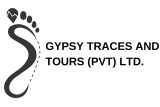
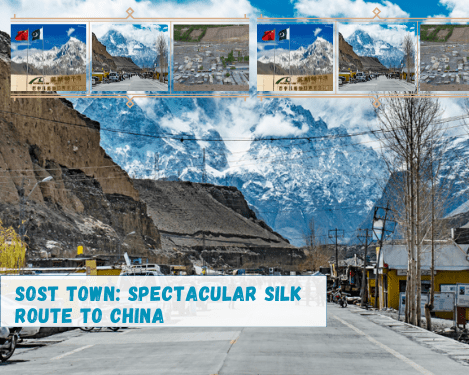
0 Comment